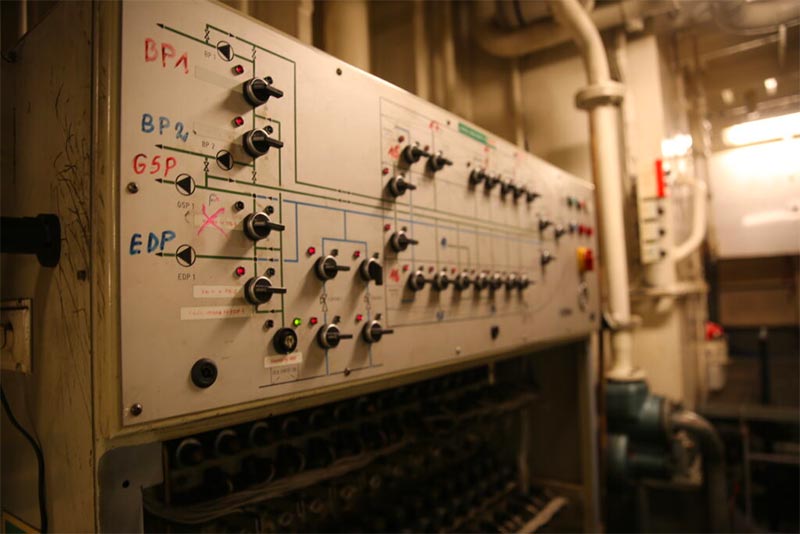
The Designated Training Officer on Board
The purpose of supervised onboard training is to provide students with skills and competencies for the profession. Apart from that, the aim is to improve students’, ability to work together, self-confidence and initiative skills and independent problem solving.
On board, a person appointed by the employer, the Designated Training Officer, coordinates the apprentice’s learning. The DTO (Designated Training Officer) supports the apprentices to orientate themselves in the work and in joining the work community. The DTO provides advice, guidance and follows up on the tasks performed. The apprentices’ have progressed differently in their studies before the OBT. Some of them are on board for the first time, others are more experienced and some will soon graduate. It is advisable for the DTO to take the apprentice’s experience into account when supervising. The most experienced apprentices can be given more demanding tasks, while it for apprentices who have just started is important to get acquainted with basic work.
OBT is divided into rating’s OBT and officer’s OBT. Rating’s OBT is for for watchkeeping rating, repairman or electro-technical rating. Officer’s OBT is for deck officer, watchkeeping engineer or electro-technical officer. Students completing OBT at Officer level (deck officer and chief engineer) can even complete combine training via HarjoitteluMylly. More information here.
The apprentice, with the support of the DTO, should achieve the goals s/he has set and learn the tasks on board described in the training record book. The purpose of the training record book is to strengthen learning and to deepen the apprentice’s know-how in selected fields of study. The DTO (sometimes captain) signs the tasks performed in the apprentice’s training record book. The DTO’s signature is proof for that the apprentice has performed tasks and acquired new skills during the OBT.
Before the end of the OBT-period it shall be agreed, on board, where the apprentice will sign off. The dates of the OBT-period given by HarjoitteluMylly are always only preliminary. If the vessel calls Finnish ports, the OBT must be terminated in Finland. HarjoitteluMylly should be informed about when and where the OBT ends.
At the end of each OBT-period, the apprentice and the DTO each fill in their own feedback form. The vessel’s DTO fills in a form about the apprentice and her/his performance during the OBT. The apprentice, in turn, fills in feedback on the vessel, on how suitable the vessel was for OBT and as a learning environment. More information about both feedback forms can be found here.
